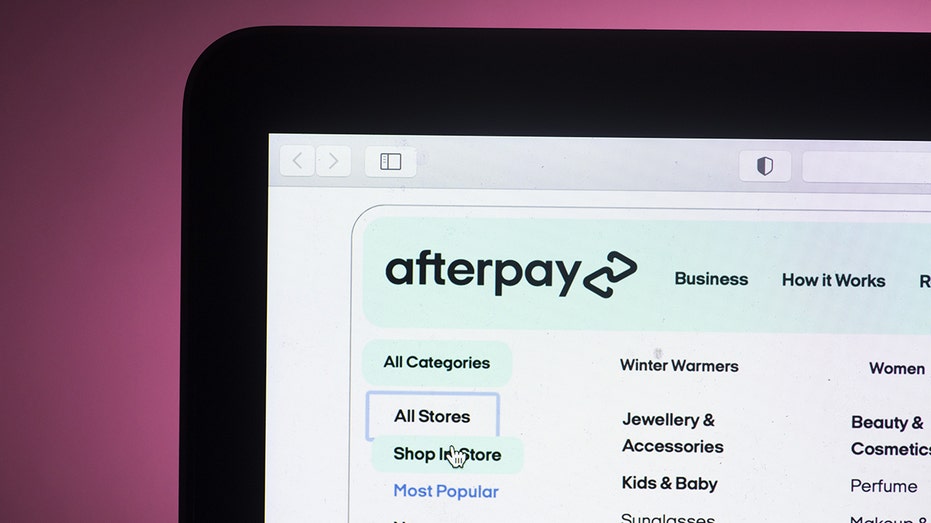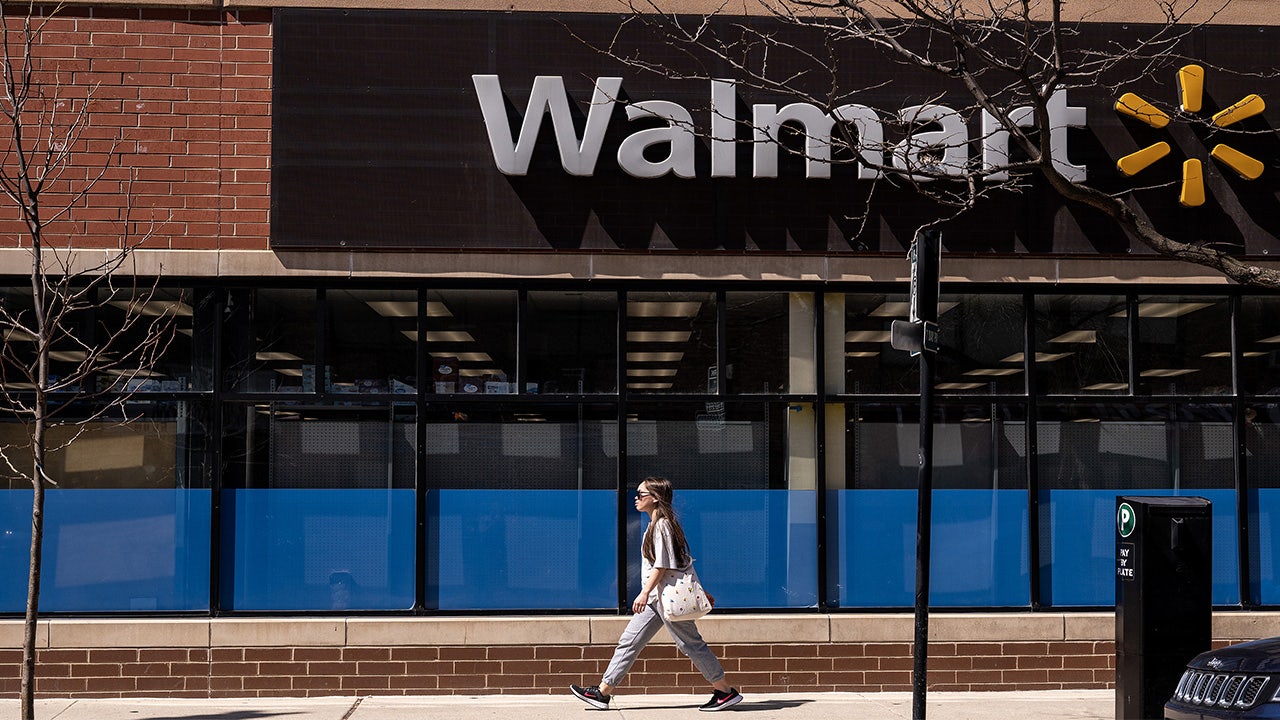Klarna, a significant player in the buy now, pay later (BNPL) space, has faced losses in recent months as consumers failed to make payments on their loans.
While Klarna’s user base continued to grow in the first quarter, its losses more than doubled compared with a year earlier, the company said in its Monday earnings report. Its credit losses, when a borrower defaults on a loan, reached 17%.
Consumers have continually leaned on companies such as Klarna, Affirm and Afterpay to give them more financial flexibility in the face of persisting inflation, high interest rates and student loan payments, which resumed in October 2023 after a pause due to the COVID-19 pandemic.
COSTCO ROLLS OUT BUY NOW, PAY LATER FOR BIG ONLINE PURCHASES THROUGH AFFIRM
Consumers leverage the platforms because they allow for the option to pay in four interest-free installments every two weeks or, if approved, can make monthly payments over the course of six to 18 months, with interest (Afterpay only allows the four-installment plan). But experts have long warned though that these services can easily be a ticket to overspending.
With Klarna, shoppers are able to split their purchase into multiple installments instead of paying the full amount upfront. Klarna fronts all the money upfront to the retailer and then takes money from a consumer-linked payment over an extended period of time.
RISKS OF BUY NOW, PAY LATER: ‘TICKET TO OVERSPENDING,’ EXPERT SAYS
If consumers don’t have the money to pay, they get hit with a late fee.
Another concern among experts is that getting approved for these services is also extraordinarily easy. For instance, just because someone is approved to use these loans doesn’t guarantee that they have the financial means to pay them back, according to LendingTree’s chief consumer finance analyst Matt Schulz.

But these issues aren’t unique to Klarna. More than 40% of users of BNPL loans say they paid late on one of them in the past year, up from 34% just a year ago, according to a LendingTree survey.
According to LendingTree’s BNPL Tracker, 39% of Americans were at least considering applying for a buy now, pay later loan in April, up eight points from March. This marked the biggest monthly jump since an eight-point increase in March 2023.
Households haven’t been in great shape as Americans’ debt levels, including credit card debt, rose to new all-time highs in the fourth quarter of 2024, according to a report by the Federal Reserve Bank of New York in February.

The report showed that overall household debt increased by $93 billion to $18.04 trillion at the end of 2024, an all-time high. Credit card balances rose by $45 billion from the prior quarter to reach $1.21 trillion at the end of December, which is also a record high.
FOX Business’ Eric Revell contributed to this report.
Read the full article here















